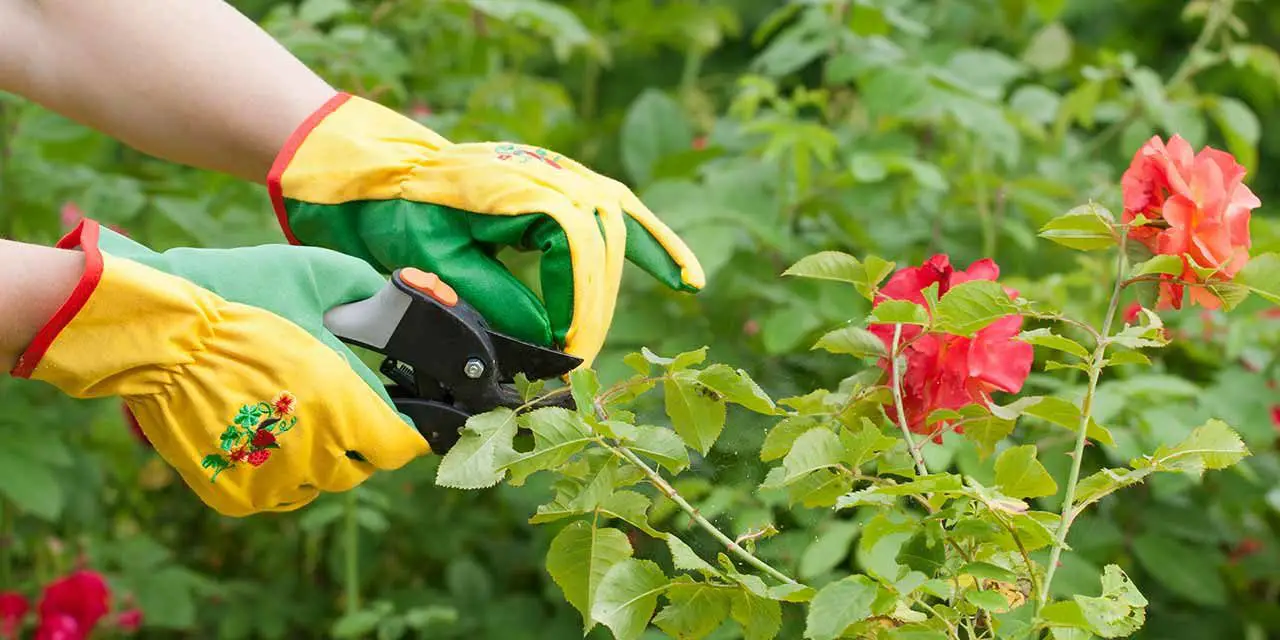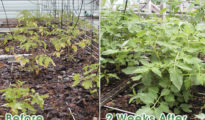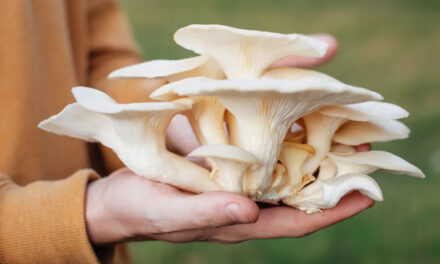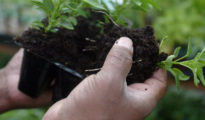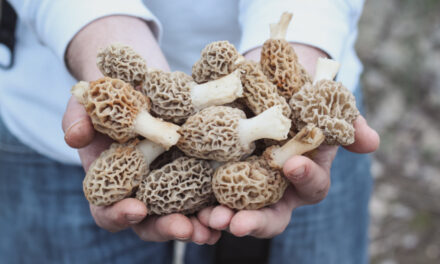Pruning is much more than a mere aesthetic exercise; it serves as a strategic intervention allowing plants to reach their fullest potential. This delicate balance between human intervention and nature's course forms the heart of gardening.
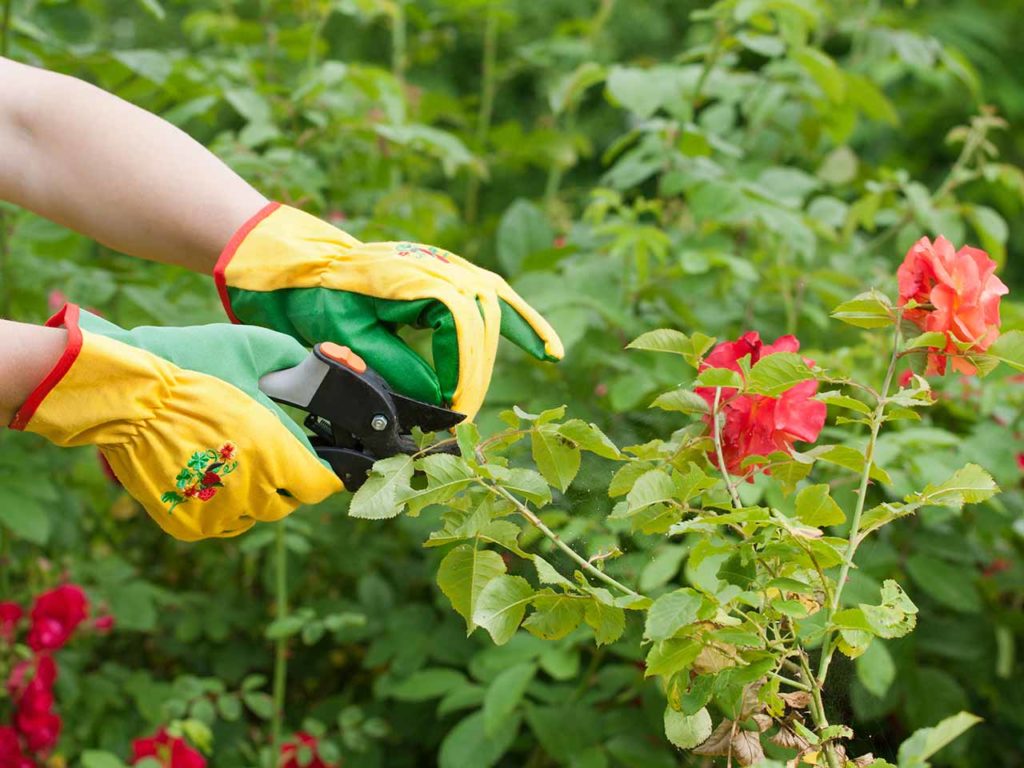
The What and Why of Pruning
Pruning involves removing dead, damaged, or diseased portions of a plant to prevent the spread of harmful pathogens, consequently enhancing the plant's overall health. Moreover, the art of pruning guides a plant's growth in a specific pattern to ensure harmony with its surroundings. For fruit-bearing plants, pruning encourages the production of new fruiting wood, increasing yield.
Pruning Techniques and Their Importance
Various techniques, such as thinning cuts, heading cuts, and pinching, all play a unique role in plant health and aesthetics. Thinning cuts remove entire branches or limbs to allow light and air to permeate, reducing plant density while preserving its natural shape. Heading cuts, on the other hand, promote denser growth, particularly useful for hedges or shrubs. Pinching, used primarily in herbaceous plants and soft-stemmed annuals, also encourages denser, bushier growth.
When to Prune
Understanding the correct timing for pruning is just as crucial as the techniques. Generally, most pruning is done in late winter or early spring, just before the plant breaks dormancy. However, to control or direct growth, pruning can be done in the growing season, and for damage control, it can be performed as needed, regardless of the season.
Tools of the Trade
The right tools are essential for successful pruning. Pruning shears are the go-to for cutting stems up to ¾ inch in diameter. For larger branches up to 2 ½ inches in diameter, lopping shears with long handles provide the necessary leverage. For branches larger than this, pruning saws are preferred.
Plant-Specific Pruning Techniques
The pruning methods can vary significantly depending on the type of plant. For young trees, the goal is to promote a strong, healthy structure. As trees mature, pruning should focus on maintaining their health and aesthetics. Deciduous shrubs benefit from thinning cuts to maintain the plant's natural shape, while evergreen shrubs require heading cuts for a more formal appearance. Roses require pruning in early spring, leaving only 3-5 strong, outward-facing canes.
Pruning is an art that requires practice and understanding. Effective pruning is a blend of science and art, demanding knowledge of plant biology and growth patterns, coupled with a careful hand and a thoughtful mind. It's not just about taking away; it's about knowing what to leave behind—the fostering of health, guiding growth, and revealing the beauty of the natural world.
In conclusion, by pruning carefully, we help shape the world around us. A pruned garden is a balanced garden, a testament to the symbiotic relationship between humans and nature, and a place where each plant has the opportunity to shine in its own unique way.

